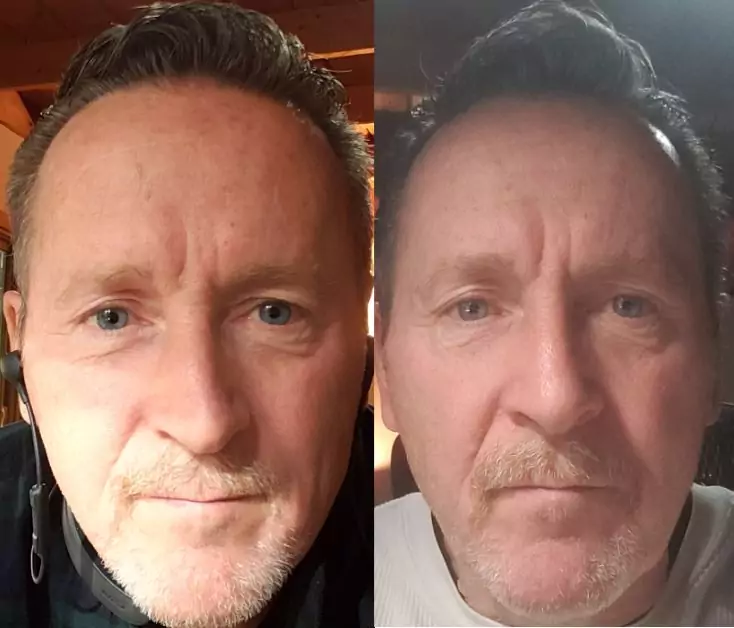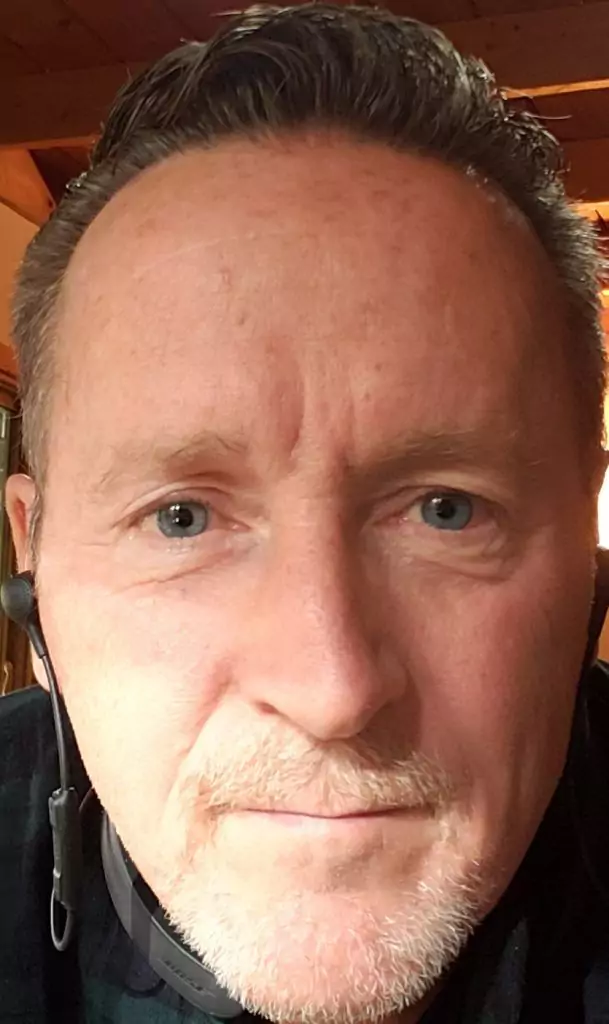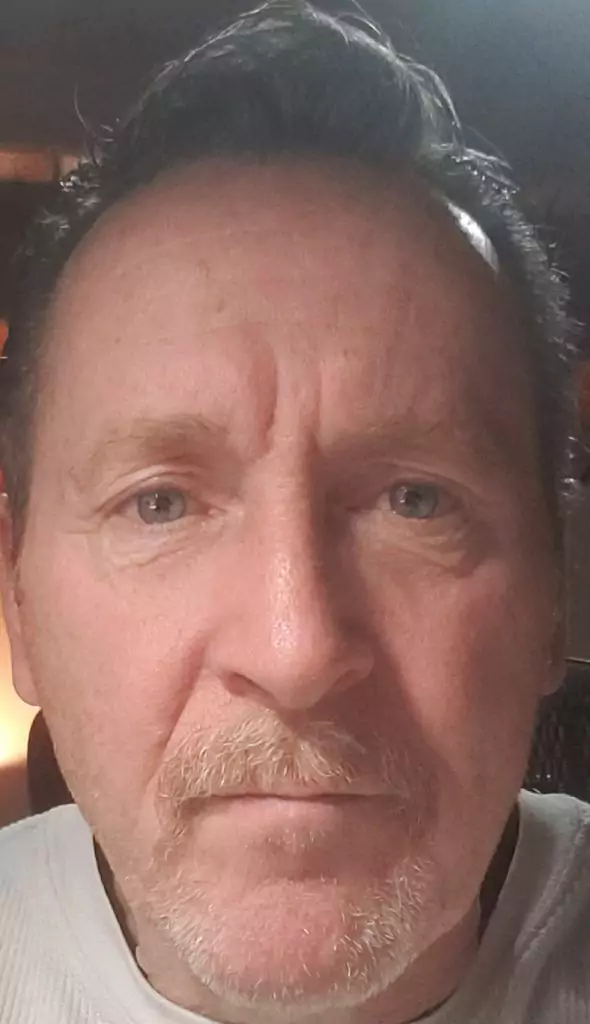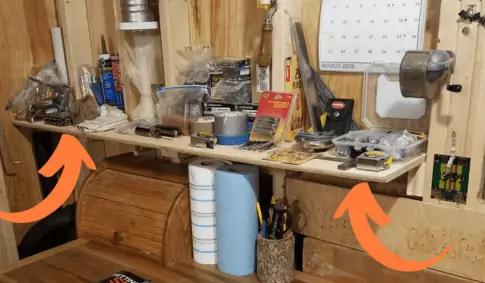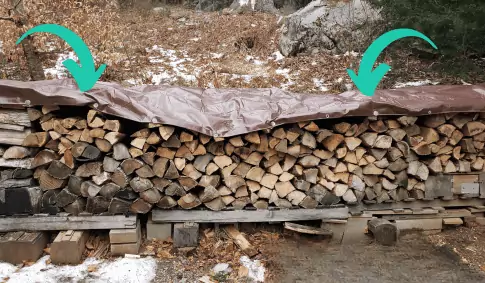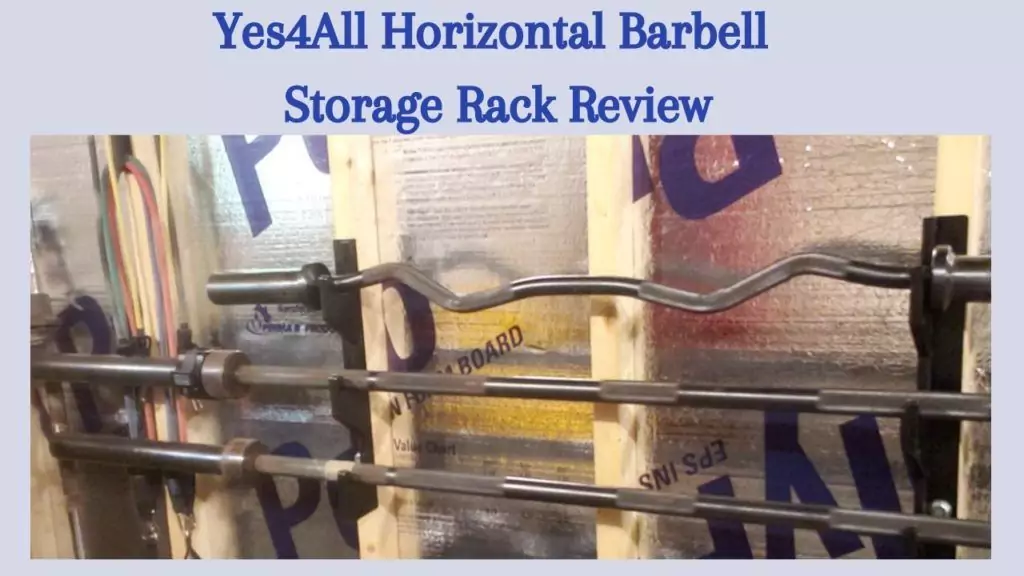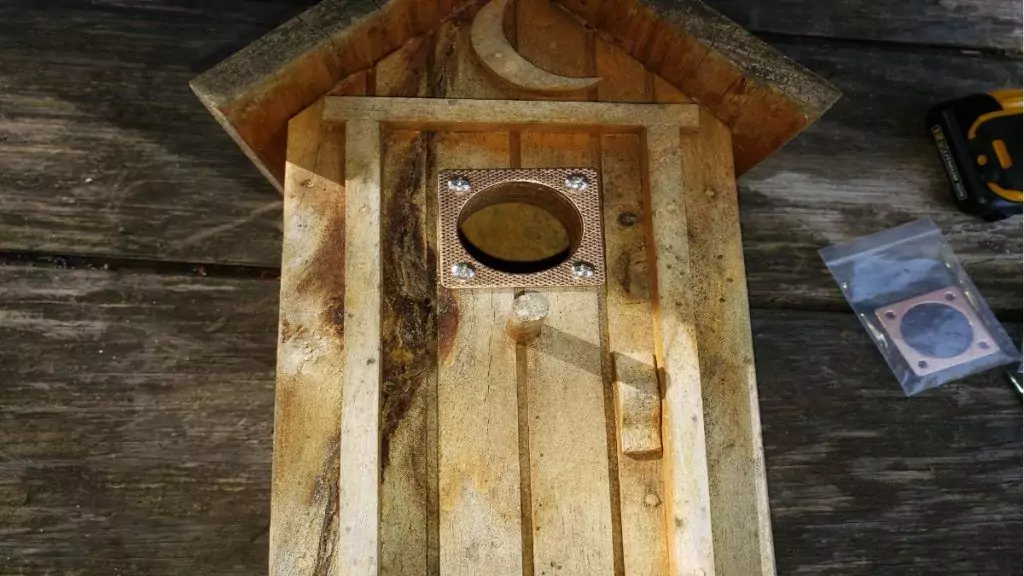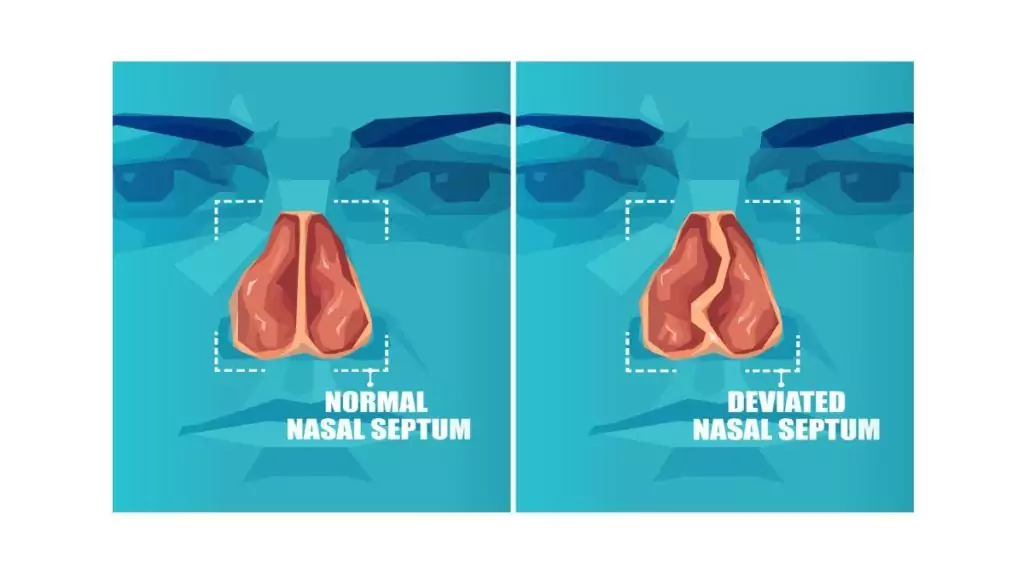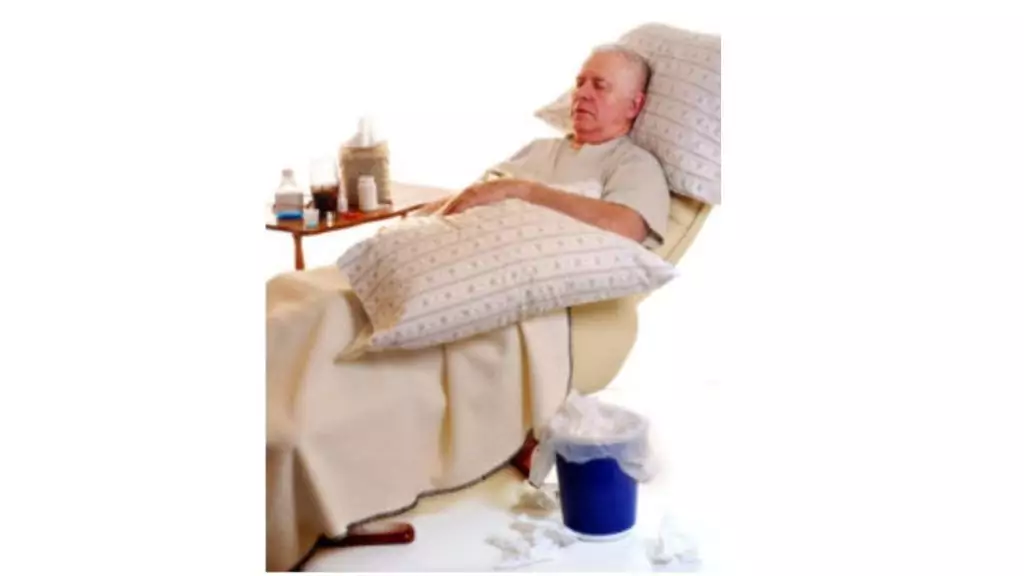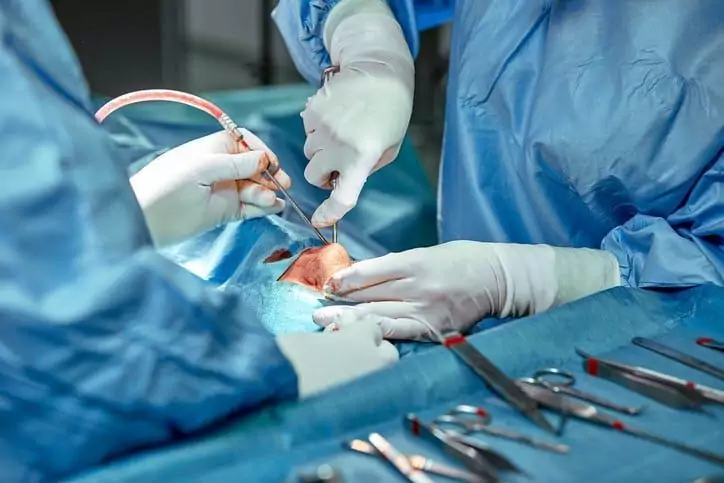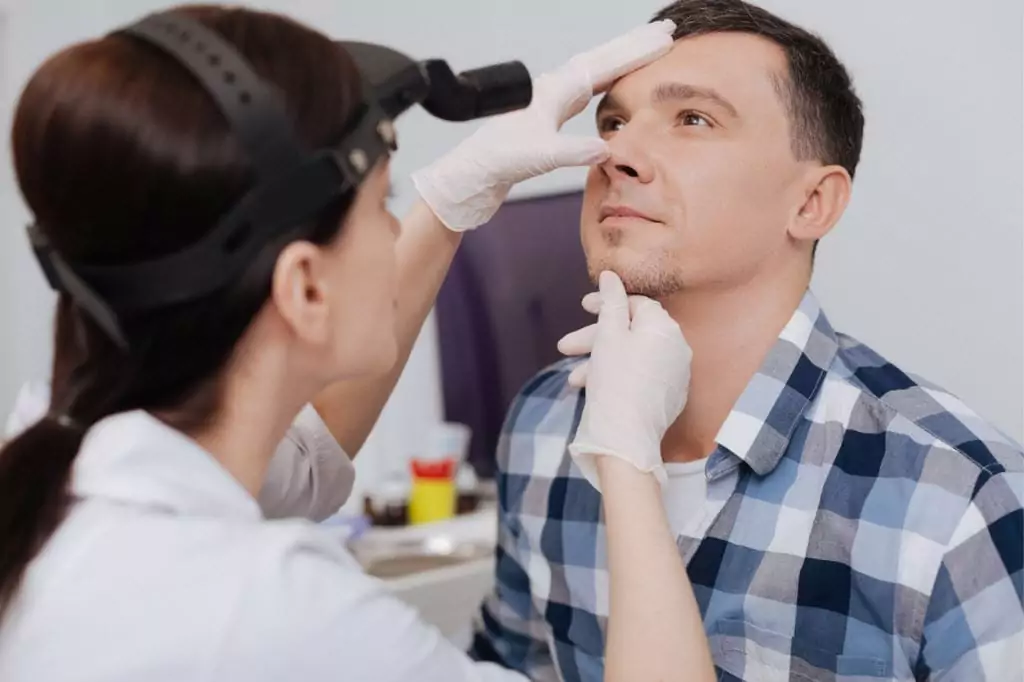Have you had trouble breathing from one or both of your nostrils? This article will delve into my septoplasty before and after experience and procedure I underwent to resolve my breathing problems and, as an added bonus, I also ended up with a much straighter nose. Read on for many more details.
For most of my life I have had trouble breathing out of my right nostril. A few years ago I decided to do something about it. My septoplasty before and after breathing experience has been remarkable to say the least. I can honestly say that septoplasty changed my life for the better!
I can now not only breathe out of both nostrils but a bonus byproduct of my deviated septum surgery before and after was that my nose ended up much straighter as a result as you can see from the septoplasty before after images above.
Please note that any suggestions or advice given in this article are solely based on my experience with my septoplasty and turbinate reduction surgery. You should consult your doctor on any medical questions you may have about anything related to the surgery.
Septoplasty Before and After YouTube Video
Thinking ahead, I made it a point to make a short youTube video detailing my deviated septum before and after adventure so that others could see whether or not my nose had actually changed in appearance.
My wife and others close to me certainly noticed that it had and, to be honest, that was an added bonus.
You can check out the video below but I hope you read the rest of this article for much more information about preparing for the surgery, the day of the surgery, and recovering from septoplasty surgery.
Click here to watch the video or on the image or caption below the image.

Click to watch the video.
Why I Chose Septoplasty Surgery
At the age of 61 years old I was tired of being able to breathe from only one of my nostrils for as long as I could remember. You know, sometimes in life you put up with things but you wonder why you really did when you eventually find a resolution.
That’s how I feel about my septoplasty before and after ordeal. It was something I should have done a lot sooner and I certainly would recommend to anyone else who has issues breathing that they should consider the surgery sooner than later.
So during one of my annual physicals I asked my primary doctor about my breathing. He did a quick examination and it appeared to him that I had a deviated septum. Ironically, he had septoplasty and turbinate reduction surgery a number of years ago.
So he was able to recommend the same otolaryngologist (ear, nose and throat specialist, also called ENT) that he used.
Needless to say, going into the surgery, it gave me a warm and fuzzy that I was being worked on by an ENT who also performed the same surgery on my primary physician. I felt at ease.
What is a Deviated Septum?
A deviated septum is where the nasal septum, which is essentially the cartilage and bone that divides the nose in half, is crooked. As a result, this condition makes breathing difficult from one or both nostrils. A deviated septum can also cause the turbinates to become compressed.
What are Turbinates?
Turbinates are inside your nose and they are fleshy structures which, when healthy, will regulate temperature and moisture within the nose. If they become enlarged or swollen they can cause blockage in the nasal cavity leading to breathing issues.
Septoplasty Before After Images
Here are my before and after images. Do you see a difference in my nose?
Septoplasty and Turbinate Reduction Surgery
Septoplasty surgery is a surgical procedure which straightens the cartilage and bone which divides the two nostrils (also known as the septum). As a matter of course, since the ENT is already straightening the septum, a turbinate reduction procedure may also be initiated.
The turbinate reduction procedure will reduce the enlarged turbinates and in combination with the straightening of the septum should lead to increased air flow through the nostrils. Turbinate reduction surgery is not always done with a septoplasty but it is certainly common for both to be performed simultaneously.
My deviated septum surgery before and after experience ended up being very worthwhile but I certainly did my homework. I did my research and I’ll try to detail that below.
Preparing for Septoplasty Surgery
I wrote a series of articles at the time I had my surgery done which were broken up into three parts. The Preparing for Septoplasty Surgery article has many details and I will summarize here but please feel free to read the complete article which will include more detailed information.
Keep a Folder
I’m a firm believer in being organized from the get-go. Your ENT will provide you a packet on what you should expect before and after surgery. The packet will include guidelines you should follow specifically before the surgery.
I kept a hardcopy folder of this information in lieu of only electronic info. I like to keep hard copies of any correspondence.
Know your Costs
Septoplasty and turbinate reduction surgery can certainly be a costly endeavor. Insurance will typically cover the cost of a septoplasty because it is not considered cosmetic. But you also have to think about your deductibles. These days most medical insurance policies have a high deductible.
In my own situation I had been paying into my deductible throughout the year so I opted to have my surgery at the end of the year. With high deductible medical insurance if you reach your maximum deductible, the insurance company will pick up the rest of the bill. This certainly helped me out.
Make it a point to contact your medical insurance company and get from them the costs of the operation procedures and what it costs to be at the facility for the procedure. It is a very costly procedure especially if you don’t have insurance.
If you do have a high deductible plan and have not paid into your deductible much at all then you would have to pay out-of-pocket to reach the deductible until the insurance picks up the remainder.
You must speak to your insurance company to ensure the procedure is in-network and the facility and doctor is approved by your insurance company. These are the basics but a good representative should be able to give you a breakdown of the costs involved.
Please note that there are higher deductibles for in-network vs out-of-network doctors and facilities. And the largest cost is for the use of the facility and recovery in the facility. Please check out my article for some of the questions you should be asking your insurance company.
Talk to H/R and Boss about Recovery Time
There will certainly be some recovery time. Your septum will take some time to heal for sure. Even after many weeks you will still be in the healing phase. After about a week I had splints removed from my nose that kept everything in place post-surgery. Having splints removed is a typical procedure after a septoplasty.
I would tell your company you will need at least a week post-surgery before you can start working again but it all depends on the individual. It could be longer.
The Day of Septoplasty Surgery
For a detailed account of my surgery day you can read my article Day of my Septoplasty Surgery. I’ll try to condense it here.
- Arrive an hour before surgery.
- Ensure someone is there to drive you home after surgery. This is a requirement.
- Ensure you haven’t eaten anything since midnight before. You are allowed to have a black coffee in the morning and can take your regular medication such as blood pressure medicine.
- You’ll meet with a nurse and anesthesiologist prior to the procedure in a pre-op room. My wife is there with me in the pre-op room.
- IV will be initiated so that I would be hydrated during the procedure.
- Wheeled into the operating room.
- Procedure is performed while I was under anesthesia. The procedure took about 1.5 hours in total.
- Nurse asks me questions in the recovery room. I notice I have a moustache dressing under my nose to collect blood after the procedure.
- In about a 1/2 hour I am wheeled back into the original pre-op room where my wife is and where she had waited during the procedure.
- In about 1/2 hour I am allowed to leave the hospital
- My wife goes and drives the car up to the front door while a transporter wheels me outside and helps me into the passenger’s seat of the car.
- The nurse had given me a prescription for pain meds of hydrocodone-acetominiphine tablets which we picked up at a pharmacy close to the hospital.
- When we got home I sat on a recliner with my head up. The moustache dressing had to be replaced multiple times in the first 24 hours and eventually the bleeding subsided.
Recovering from Septoplasty Surgery
I created another article entitled Recovering from Septoplasty Surgery with many more details than what you see below. You should definitely read that article for more details. Here’s a quick timeline of the recovery.
Day 1
I ended up taking extra strength acetominiphine in lieu of the hydrocodone. I took 2 tablets every 4-6 hours and dropped down to 1 every 4-6 hours. During the first 24 hours I changed the moustache dressing every hour because it filled up with blood that quickly.
I also constantly used saline spray which is probably the most important aid to recovery.
I slept in a recliner for the first night so my head was raised sufficiently. It’s important that you purchase a straw or multiple straws because it’s basically impossible to drink liquids with the moustache dressing in place.
Day 2 – Day 4
After the first 24 hours I didn’t have to replace the moustache dressing regularly because the blood rushing from my nose was dissipating. Unfortunately I also had a cold so my nose was running because of that. But, after the surgery you cannot blow your nose so I went through a couple of boxes of tissues. Also, when you sneeze (if you have to) it’s important to open your mouth so as not to affect your recovering nostrils.
During this time my upper lip, gums above my front teeth, and nose area was still numb from the operation. But this numbness does dissipate over time and was getting less and less each day.
Day 5 – Day 6
I was starting to feel more myself on day 5. The numbness in my upper lip and gums was the least it had been since the surgery. On day 6 I was even better. I continued to flush my nostrils with saline spray.
Day 7
This is the day I had been waiting for since the surgery. It’s the day that the splints were removed. It was exactly one week to the day since my surgery. As soon as the splints were removed I could breathe for the first time through both nostrils! And it was heavenly!
I had heard from reading other accounts of having splints removed that it hurt. For me, it was a piece of cake! I was told that the fact I utilized my saline spray religiously was the reason it didn’t hurt when they were removed. The saline spray kept the nostrils lubricated and the splints just came right out.
My Septoplasty Before and After Experience – A Summary
It has been now more than three years since my deviated septum before and after surgery experience. Would I do it again? I can answer that with a resounding YES! I’ve been able to breathe easily through both nostrils since the day my splints were removed.
If you’re on the fence about the partaking in the deviated septum surgery before and after experience, I can say that it is definitely worthwhile for anyone who is contemplating this surgery.
Septoplasty and turbinate reduction surgery is worth it but do your homework. Make sure you know your costs, know what to expect, and work closely with your insurance company to get all of your questions answered.
I can honestly say that, for me, I should have done it many years earlier!
